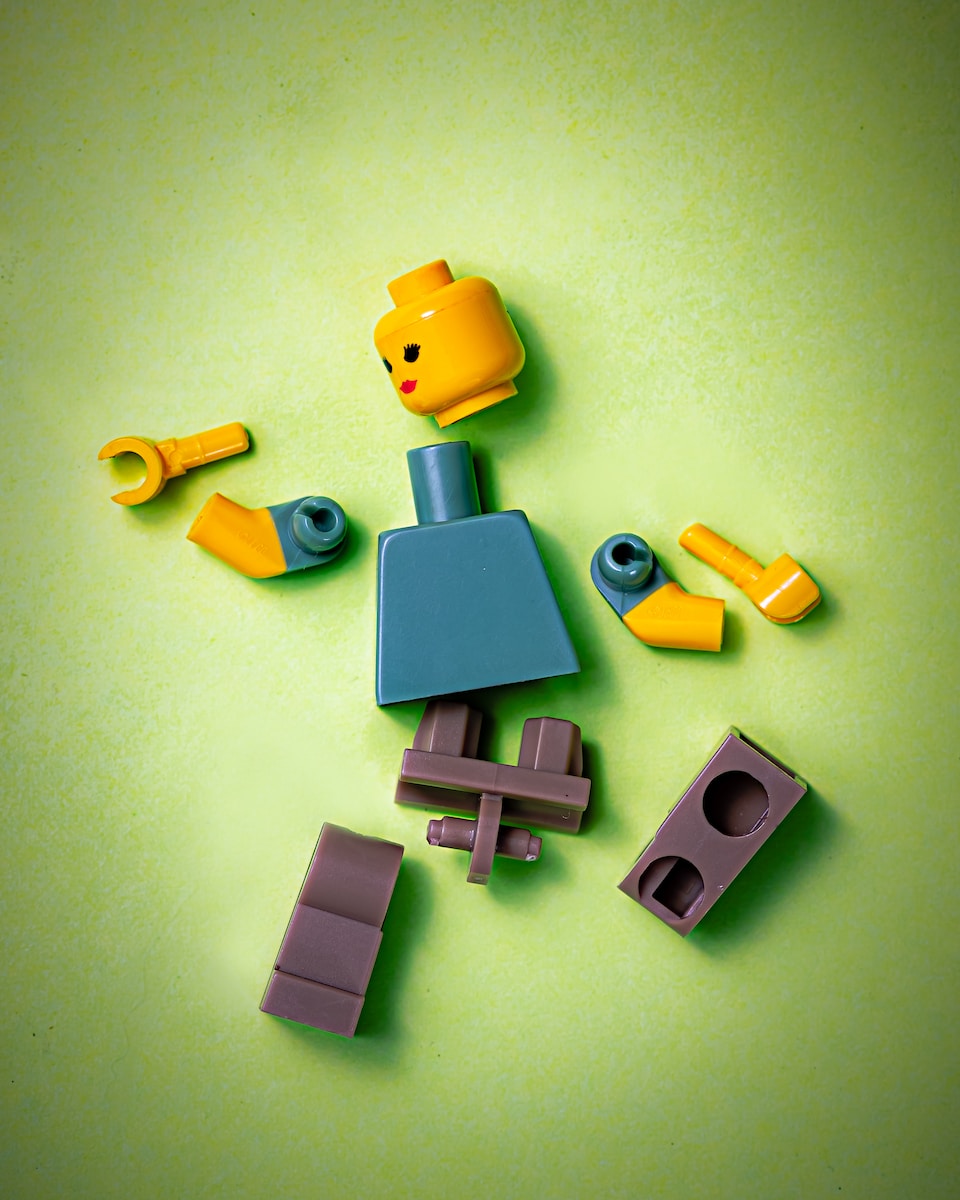In the annals of American industrial history, the narrative of workplace injuries and workers’ compensation is a poignant and evolving tale. It mirrors the nation’s journey from a fledgling collection of colonies to a global industrial powerhouse. As a historian, my pursuit has always been to understand and articulate the human dimension in our past, and this topic serves as a compelling example of progress born out of necessity and compassion.
The Early Days: A Harsh Reality
In the early 19th century, the onset of the Industrial Revolution marked a significant shift in labor patterns. Factories and mills sprouted up, offering employment but also introducing new risks. Workplace injuries were common, and the concept of employer liability was practically non-existent. Workers injured on the job were left to fend for themselves, often facing financial ruin and destitution. It was a time when the maxim of ‘caveat emptor’ applied not just to products but to people’s livelihoods and well-being.
The Turning Point: Rising Awareness and Advocacy
As the 19th century progressed, so did the awareness of the need for worker protection. The public’s consciousness was stirred by harrowing accounts of workplace accidents, often in the burgeoning field of journalism that played a pivotal role in advocating for change. The infamous Triangle Shirtwaist Factory fire of 1911, which claimed the lives of 146 workers, served as a tragic catalyst. It underscored the urgent need for safety regulations and compensatory measures for injured workers.
Legislation and Reform: The Dawn of Workers’ Compensation
The early 20th century witnessed groundbreaking legislative reforms. In 1911, Wisconsin became the first state to pass comprehensive workers’ compensation laws, a model that other states soon followed. These laws represented a fundamental shift in employer-employee relations, acknowledging the responsibility of employers to provide financial assistance to workers injured on the job. It was a monumental step towards a more equitable industrial society.
Modern Developments: Continued Evolution
In the decades since, workers’ compensation has continued to evolve. Today, it’s a standard feature of the American workplace, governed by a complex web of federal and state laws. Technological advancements and increased emphasis on workplace safety have contributed to a decline in workplace injuries. Yet, the struggle for fair compensation and safe working conditions continues, reflecting the ongoing dialogue between labor and management.
Reflections: The Path Ahead
As we look back on the historical trends in workplace injuries and workers’ compensation, it’s evident that this journey, much like the broader American experience, is one of continuous progress and adaptation and one in which we can always learn more. From the perilous workshops of the Industrial Revolution to the safety-conscious workplaces of the 21st century, this narrative is a testament to the resilience and tenacity of the American worker and the ever-evolving ethos of justice and fairness in our society.
The story of workplace injuries and workers’ compensation is more than a historical account; it’s a reflection of our values and priorities as a society. As we move forward, let us remember the lessons of the past and continue to strive for a future where every worker is valued, protected, and compensated with the dignity they deserve.


